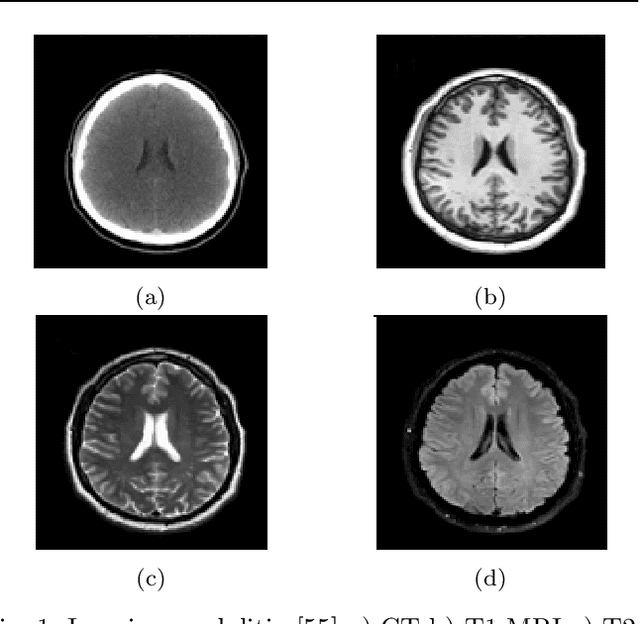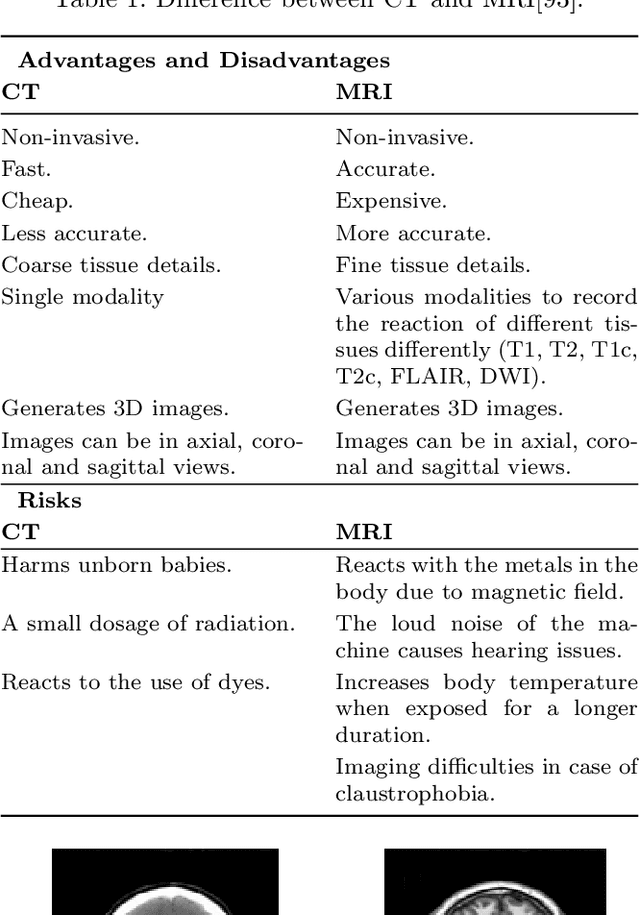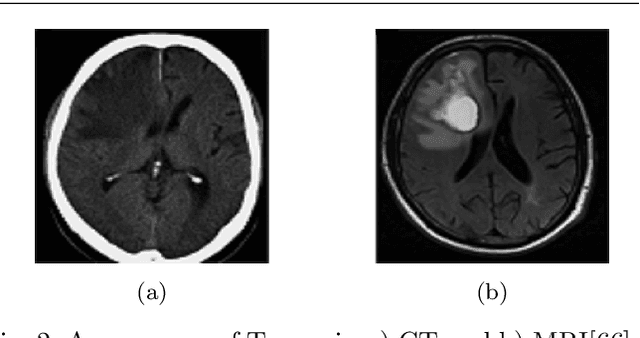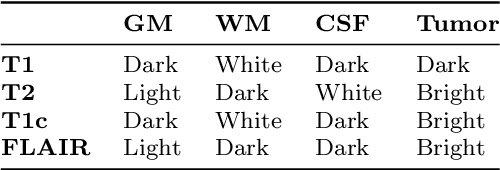A Survey and Analysis on Automated Glioma Brain Tumor Segmentation and Overall Patient Survival Prediction
Paper and Code
Jan 26, 2021



Glioma is the most deadly brain tumor with high mortality. Treatment planning by human experts depends on the proper diagnosis of physical symptoms along with Magnetic Resonance(MR) image analysis. Highly variability of a brain tumor in terms of size, shape, location, and a high volume of MR images makes the analysis time-consuming. Automatic segmentation methods achieve a reduction in time with excellent reproducible results. The article aims to survey the advancement of automated methods for Glioma brain tumor segmentation. It is also essential to make an objective evaluation of various models based on the benchmark. Therefore, the 2012 - 2019 BraTS challenges database evaluates state-of-the-art methods. The complexity of tasks under the challenge has grown from segmentation (Task1) to overall survival prediction (Task 2) to uncertainty prediction for classification (Task 3). The paper covers the complete gamut of brain tumor segmentation using handcrafted features to deep neural network models for Task 1. The aim is to showcase a complete change of trends in automated brain tumor models. The paper also covers end to end joint models involving brain tumor segmentation and overall survival prediction. All the methods are probed, and parameters that affect performance are tabulated and analyzed.
 Add to Chrome
Add to Chrome Add to Firefox
Add to Firefox Add to Edge
Add to Edge